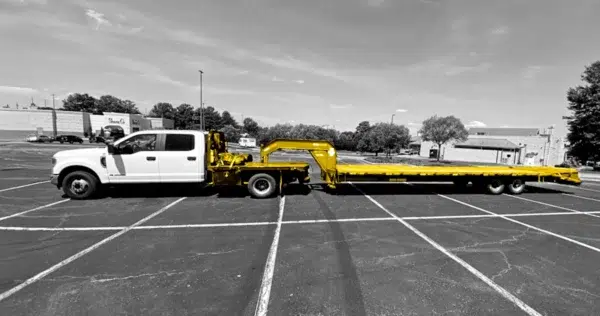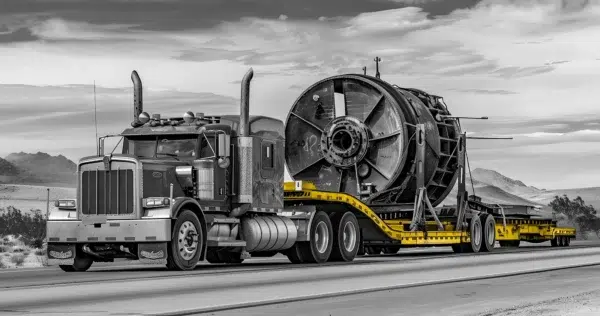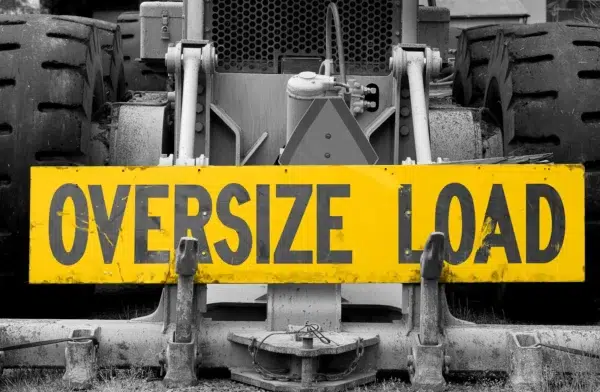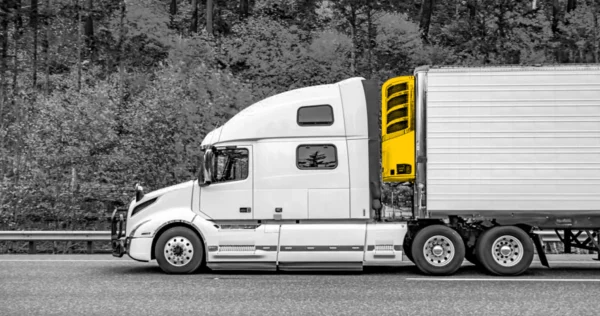
Navigating Mexico Cross-Border Transportation: Quick Reference Guide
January 7, 2025

With the rise of nearshoring, shipping goods between Mexico, the US, and Canada offers significant opportunities but comes with its challenges. This quick reference guide breaks down the complexities of cross-border logistics into essential steps and best practices for a smooth process. For a deeper dive into both best and worst practices, be sure to download our comprehensive whitepaper.
Key Preparations for Cross-Border Success
1. Set Up a Customs Broker
Partnering with an experienced customs broker is essential. Brokers ensure compliance, handle duties and taxes, and coordinate documentation. Allocate two weeks for setup and provide documents like the Power of Attorney, commercial invoice, and certificate of origin.
2. Complete Accurate Paperwork
Shipping across borders requires precise documentation, including the Bill of Lading, Complemento Carta Porte (CCP), and customs declarations. Errors or omissions can result in costly delays. Ensure Incoterms, which define buyer and seller responsibilities, are correctly identified.
3. Choose a Reliable Transportation Partner
Select a provider with a robust network, consistent communication, and expertise in cross-border logistics. Reliable partners minimize disruptions, manage regulatory requirements, and provide accurate tracking.
Download our whitepaper to learn more about the role of a customs broker, how to find a licensed customs broker in your country, the complete list of required paperwork for cross-border shipping, and other essential details.

Understanding Costs and Shipping Options
Expect expenses like customs broker fees, import taxes (e.g., VAT or GST), and duties based on the Harmonized Tariff Schedule (HTS). Goods meeting USMCA requirements may qualify for duty-free treatment, reducing costs.
Shipping Modes: Transloading vs. Through-Trailer
- Transloading: Involves transferring cargo at the border, offering flexibility and cost advantages.
- Through-Trailer: Maintains the same trailer for the entire journey, better for fragile or high-value goods but with fewer carrier options and higher rates.
Avoiding Common Pitfalls
To streamline shipping:
- Start customs broker setup well in advance.
- Double-check paperwork for consistency.
- Maintain clear communication between all parties.
- Plan realistic transit times to avoid disruptions.
To learn more about border crossing fees, the benefits of transloaded and through-trailer shipments, and the most common mistakes made when shipping between Mexico, the US, and Canada, check out our whitepaper.
conclusion
Efficient Mexico cross-border logistics requires proactive planning, precise execution, and experienced partners. By adhering to these best practices, businesses can leverage the advantages of nearshoring while mitigating risks.




